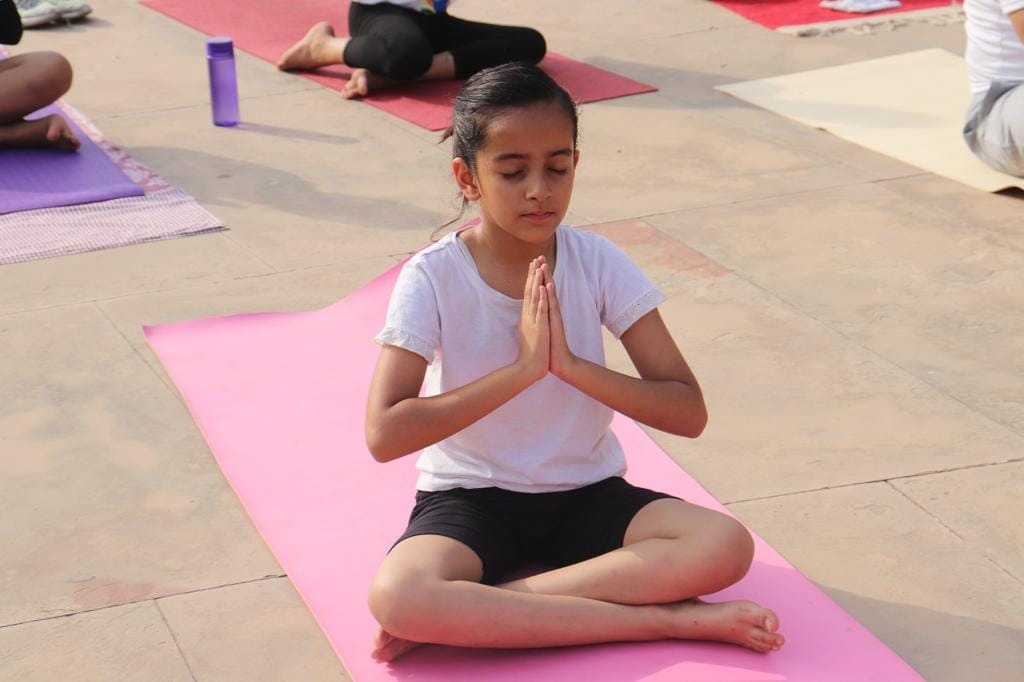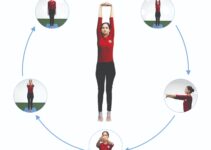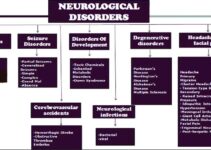Pranayama Vs Breathing
Pranayama is considered by many as merely a breathing exercise. This conception is wrong, as both are different. To understand the difference between them, we need to know about both. The Pranayama and breathing exercises are concerned with breathing. Breathing exercises and Pranayama both are concerned with breathing. Breathing exercises are concerned with breathing techniques that provide more oxygen to the body. These exercises focus on the respiratory process of inhalation and exhalation in physiological terms. Several breathing exercises are prevalent, such as deep inhalation and exhalation, chest breathing (thoracic breathing), abdominal breathing, etc. These exercises typically improve the functioning of the lungs, increase oxygen intake and improve the body’s metabolism.

Differences between Pranayama and Breathing
- Pranayama involves the techniques by which breathing is regulated and conscious control of prāṇa is brought about. Pranayama focuses on three phases: Pūraka (slow and prolonged inhalation), kumbhaka (retention of breath) and rechaka (slow and prolonged exhalation). There are several techniques by which breathing is regulated. Prāṇāyāma increases awareness and influences the body and mind.
- Pranayama consists of three phases: Pūraka, Kumbhaka, and The Yogic texts prescribe specific ratios for each of the three phases. Duration-wise, kumbhaka is generally the most prolonged phase. It is a distinct feature of prāṇāyāma. Breathing exercises consist of two steps only, namely, inhalation and exhalation. There is no mention of Kumbhaka.
- Because of the additional phase of kumbhaka, the number of Pranayama per minute remains limited; it may be one or two per minute, whereas, in breathing exercises, the number of breaths per minute is more.
- Pranayama is performed with inner awareness. To facilitate this, specific āsanas (postures) with closed eyes have been prescribed, whereas for breathing exercises, it is unnecessary to adopt specific āsana or do these with closed eyes.
- Certain conditions related to time, season, and number of cycles are essential for practising prāṇāyāma, while for breathing exercises, there are no such restrictions.
- Breathing exercises are performed for physical benefits only, while the purpose of prāṇāyāma is physical, mental and spiritual.
- Prāṇāyāma is performed in combination with bandhas (neuro-muscular contractions), but breathing exercises are focused on the patterns of breathing only; other systems of the body are not taken into consideration.
- Prāṇāyāma maintains a balance between the parasympathetic and sympathetic system of the body, brings emotional control, and soothe the mind. In contrast, breathing exercises increase physiological arousal and stimulate the sympathetic system.
- A fast breathing rate is associated with tension, fear, worry, etc., leading to bad health, unhappiness and, of course, a shorter life. A person who breathes slowly is relaxed, calm and happy, which is conducive to longevity.
- A person who breathes quickly tends to inhale small volumes of air and exhale the same small books, allowing germs to accumulate in the lower areas of the lungs. Conversely, a person who breathes slowly tends to breathe deeply, filling the lungs more deeply. This helps remove stagnant air from the lungs’ lower reaches and destroys the breeding ground of germs and the germs themselves.
- To summarise, it can be said that breathing exercises and prāṇāyāma both vitalise the body and brain, but considering the above differences, one can say that they are distinct practices. Prāṇāyāma takes the practitioner to a higher level of yogic experiences. Breathing exercises may help a person in bringing them closer to the actual practice of prāṇāyāma, but in the true sense, they cannot be equated with prāṇāyāma.





